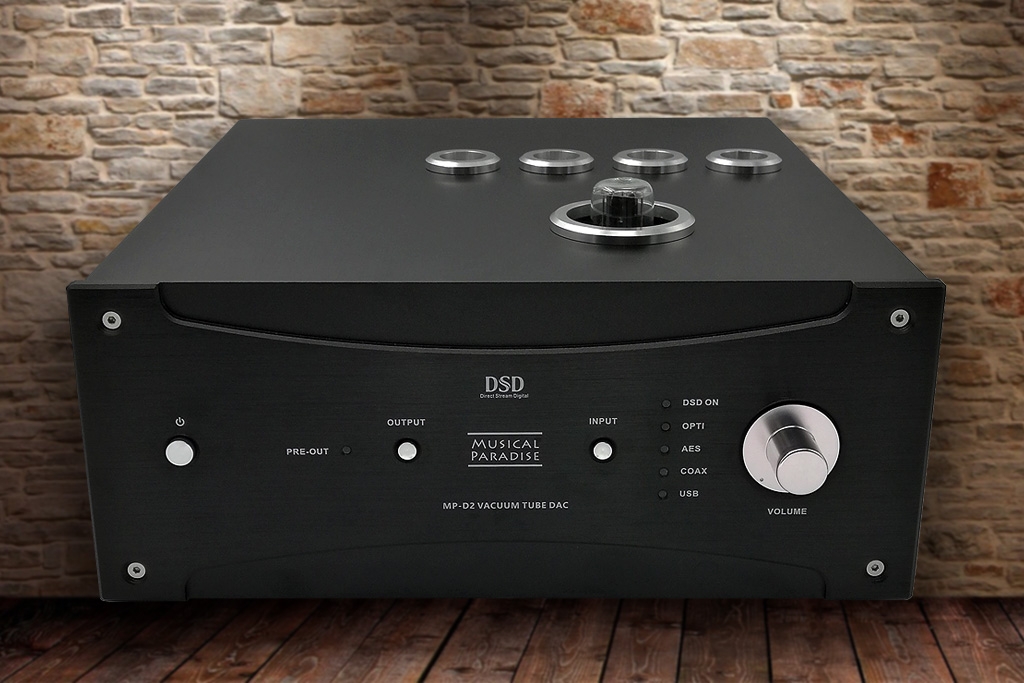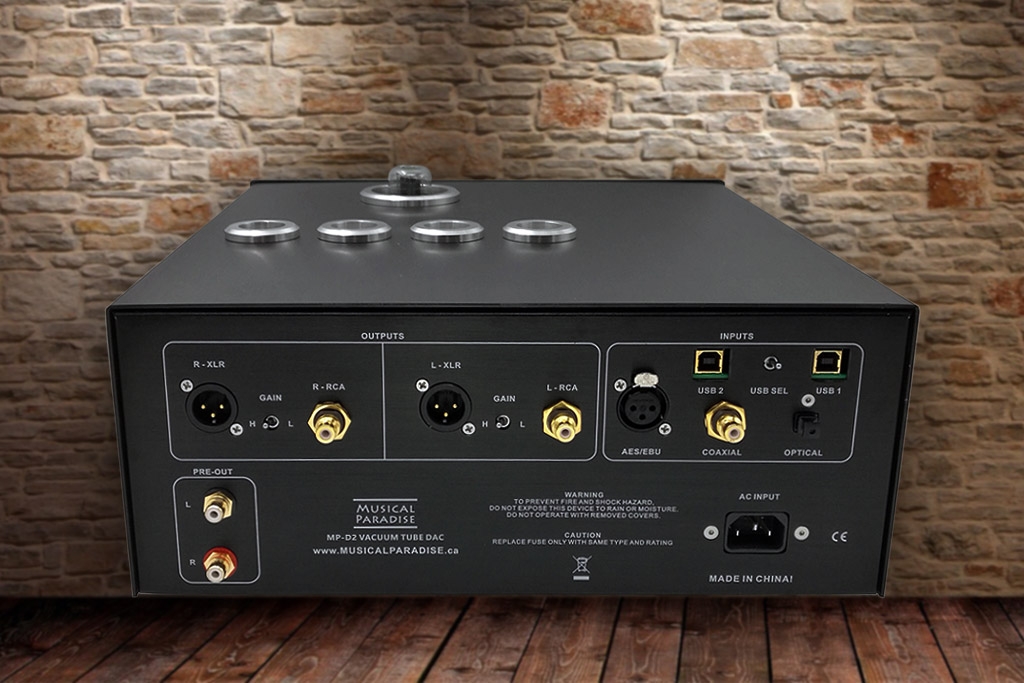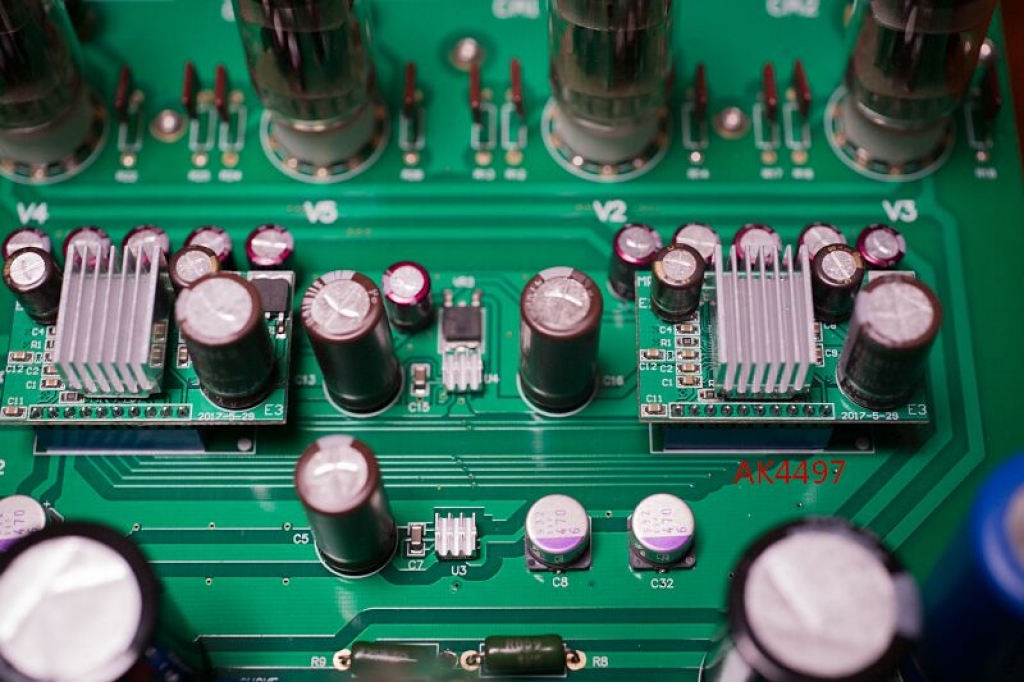I've wondered how these two flagship DAC chips compare but it's difficult to find them implemented in similar hardware. I thought the Musical Paradise MP-D2 MkII ($899) might be an interesting comparison vehicle as it has swapable DAC modules.



Musical Paradise has an ESS ES9038PRO module ($300) and is releasing an AK4499 module in mid-2020. This would allow one to measure the chip behavior in the same hardware. Unfortunately the tubed output may limit performance enough to negate any measurable differences.
Then along comes Gustard with the DAC-X26 (dual ES9038Pro):

And the DAC-A22 (dual AK4499):

Not sure how similar the architectures are but we do know Gustard knows how to build a well measuring DAC. So how do they compare:
SINAD X26 (ES9038Pro)

SINAD A22 (AK4499)

Dynamic Range X26

Dynamic Range A22

Jitter X26 left A22 right

Multitone:

Linearity:

THD+N-Freq:

IMD vs Level:

They look pretty evenly matched across the board. a few dB here, a few percentage points there, all-in-all they both measure very well and all differences definitely look to be below the threshold of human hearing.
I've read plenty of subjectivists comparing the "sound" of ESS and AKM DAC chips. A DBX test using these two DACs would either put those claims to rest or, inconceivably, prove they do indeed sound different.
Hope you found this at least enjoyable if not enlightening.
Martin



Musical Paradise has an ESS ES9038PRO module ($300) and is releasing an AK4499 module in mid-2020. This would allow one to measure the chip behavior in the same hardware. Unfortunately the tubed output may limit performance enough to negate any measurable differences.
Then along comes Gustard with the DAC-X26 (dual ES9038Pro):
And the DAC-A22 (dual AK4499):
Not sure how similar the architectures are but we do know Gustard knows how to build a well measuring DAC. So how do they compare:
SINAD X26 (ES9038Pro)
SINAD A22 (AK4499)
Dynamic Range X26
Dynamic Range A22
Jitter X26 left A22 right
Multitone:
Linearity:
THD+N-Freq:
IMD vs Level:
They look pretty evenly matched across the board. a few dB here, a few percentage points there, all-in-all they both measure very well and all differences definitely look to be below the threshold of human hearing.
I've read plenty of subjectivists comparing the "sound" of ESS and AKM DAC chips. A DBX test using these two DACs would either put those claims to rest or, inconceivably, prove they do indeed sound different.
Hope you found this at least enjoyable if not enlightening.
Martin

